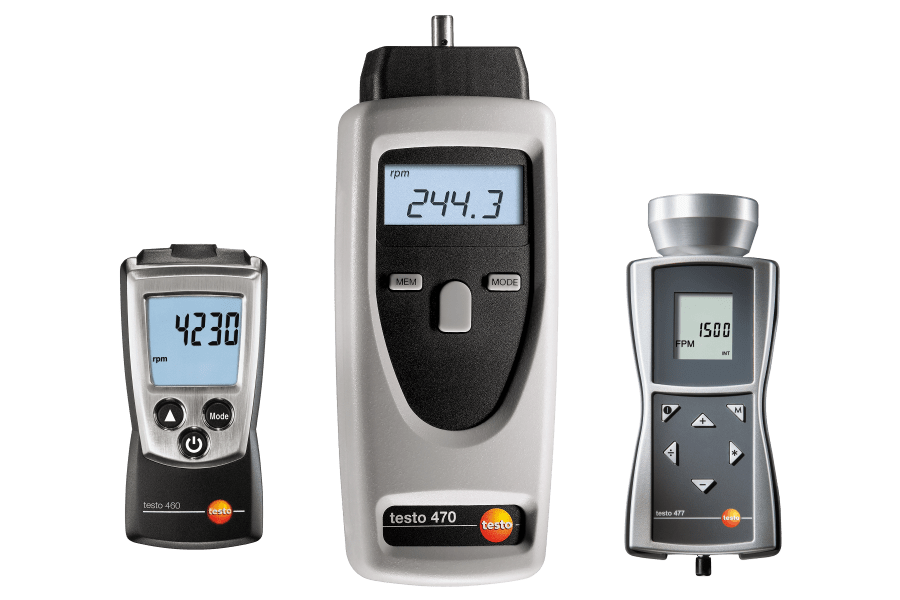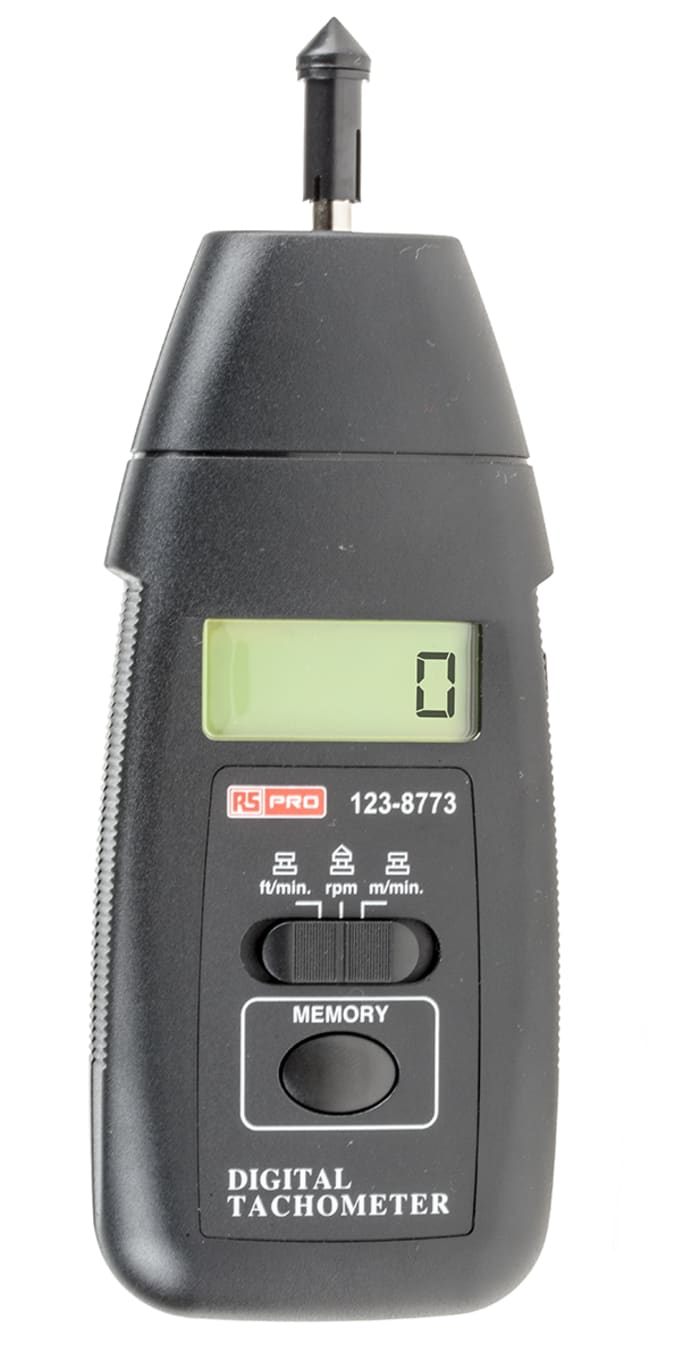How to Pick the Right Tachometer for Your Auto or Motorbike
The Relevance of a Tachometer in Keeping Track Of Engine Rate and Efficiency in Automotive Applications
In the realm of automotive design, the tachometer stands as a critical instrument in the chauffeur's arsenal, providing a direct home window right into the inner workings of a lorry's engine. Past its feature as a simple gauge of transformations per minute (RPM), the tachometer offers as a critical device for fanatics and specialists alike, providing real-time understandings into engine performance and wellness.
Value of Monitoring Engine RPM
Keeping an eye on engine RPM, or transformations per minute, is a vital element of automobile upkeep and efficiency evaluation. Engine RPM straight correlates with the speed at which the engine's crankshaft revolves, showing just how rapidly the engine is running - tachometer. By keeping an eye on RPM, technicians can analyze the health of the engine, detect potential concerns, and fine-tune performance. An uncommon RPM reading might indicate problems such as engine misfires, faulty spark plugs, or concerns with the fuel distribution system. Continually high RPM readings might indicate aggressive driving habits or the need for a greater equipment shift to improve gas performance.
In addition, keeping an eye on engine RPM is necessary for efficiency analysis in auto racing and high-performance lorries. In summary, keeping an eye on engine RPM is not only crucial for identifying problems yet also for optimizing engine efficiency in various automotive applications.

Benefits of Real-Time Data
In automotive applications, real-time information plays a vital role in providing instant understandings into the performance and condition of the car. By continuously checking numerous specifications such as engine speed, temperature level, gas consumption, and extra, real-time data supplies countless advantages that add to boosted performance and safety and security when traveling.
Furthermore, real-time data helps with efficiency optimization by supplying prompt comments on driving routines and engine efficiency. Drivers can change their behavior in real-time based on this information to attain far better gas economy and extend the life-span of their lorry.

Additionally, real-time data plays a vital role in modern-day vehicle diagnostics, making it possible for professionals to rapidly identify and attend to malfunctions. This leads to decreased downtime, lower maintenance prices, and inevitably, boosted overall automobile reliability and long life (tachometer). By using the power of real-time information, automobile stakeholders can make educated choices that positively impact both the efficiency and long life of the automobile
Influence On Equipment Shifts
Efficient gear changes in auto applications substantially influence general performance and driving experience. The tachometer plays a crucial role in enhancing equipment changes by giving real-time engine rate information to the driver. When approaching the redline on the tachometer, it signals the vehicle driver to upshift to prevent over-revving the engine and triggering possible damages. On the various other hand, downshifting at the right moment can help maintain the engine in its power band, guaranteeing responsive acceleration when needed.
Furthermore, the tachometer aids in achieving smoother gear shifts, especially in hands-on transmissions. By keeping track of engine speed, drivers can implement equipment shifts at the optimal RPM range, lowering snagging movements and minimizing endure the transmission parts. This precision in gear changes not just improves driving comfort yet additionally adds to sustain effectiveness.
Enhancing Fuel Performance
Provided the vital role the tachometer plays in maximizing gear changes for efficiency and engine health, it straight contributes to optimizing fuel performance in vehicle applications. By providing real-time feedback on engine rate, the tachometer helps drivers in preserving the most effective RPM range for gas economic climate. When drivers continually keep track of the tachometer and readjust their driving behaviors appropriately, they can stay clear of unnecessary fuel consumption browse around this site triggered by over-revving or hauling the engine.
Furthermore, the tachometer aids drivers determine one of the most fuel-efficient gear to be in at any kind of given minute, preventing the engine from working have a peek at this site tougher than required. This is especially essential throughout velocity and cruising, where being in the appropriate gear can substantially influence fuel efficiency. Furthermore, the tachometer can signal vehicle drivers to potential mechanical issues that might be adversely influencing fuel economic climate, such as a slipping clutch or a clogged up air filter. In conclusion, Resources the tachometer serves as a useful device in boosting gas efficiency by promoting optimal driving routines and recognizing locations for renovation in the vehicle's performance.

Making Best Use Of Engine Longevity
The tachometer's role in monitoring engine rate and efficiency is critical in guaranteeing the longevity of automotive engines. By making use of the tachometer successfully, motorists can enhance engine longevity via conscious RPM management. Consistently revving an engine too expensive can cause extreme damage on essential parts, such as the pistons, valves, and bearings. Over time, this can lead to decreased engine efficiency and prospective breakdowns. Monitoring the tachometer permits motorists to stay within the suggested RPM range for their lorry, stopping unnecessary stress on the engine and extending its life-span.

Conclusion
To conclude, the tachometer plays a critical function in monitoring engine rate and performance in auto applications. By supplying real-time data on RPM, it enables for efficient equipment changes, improved gas efficiency, and maximized engine durability. This device is essential for preserving optimal engine performance and making certain the overall capability of a vehicle.